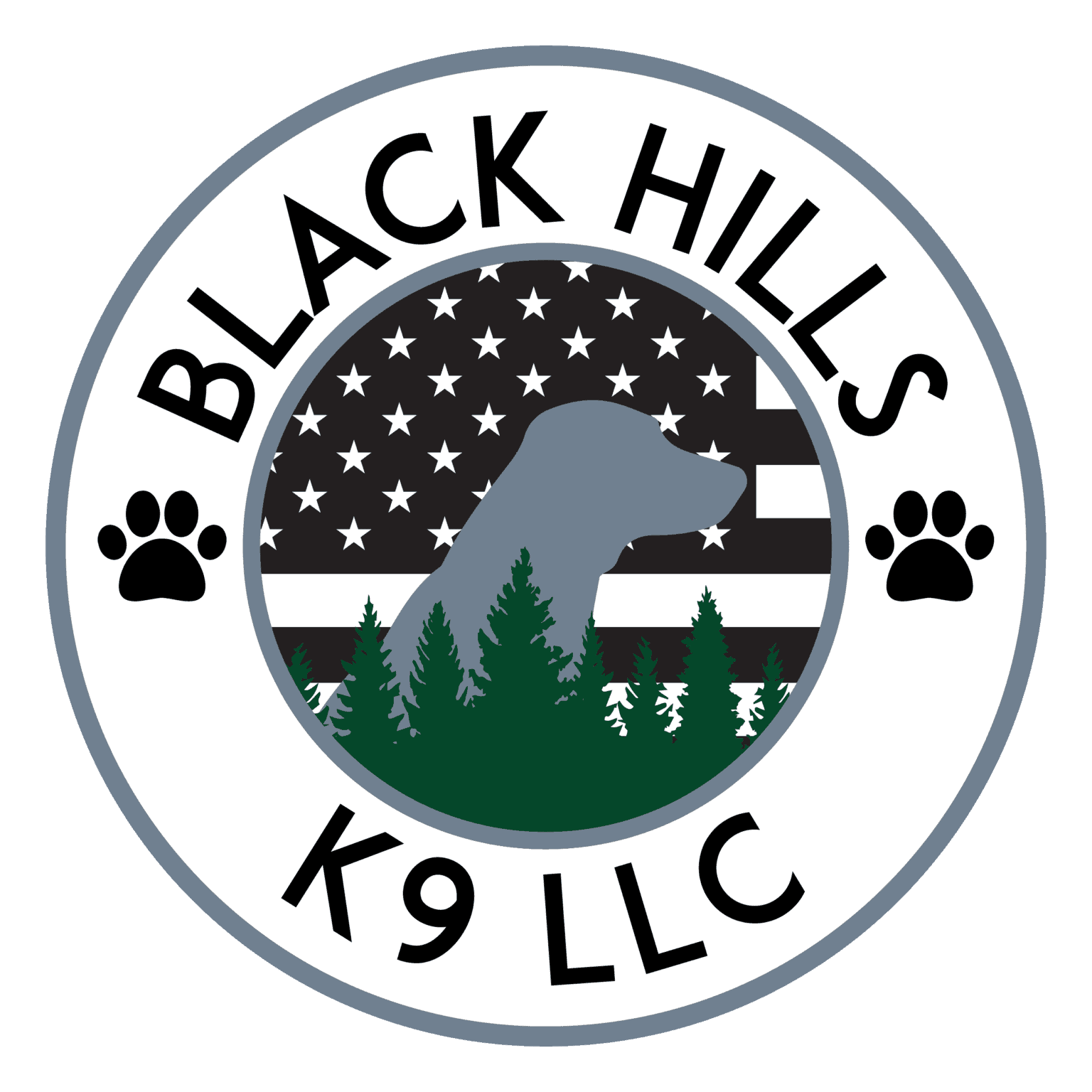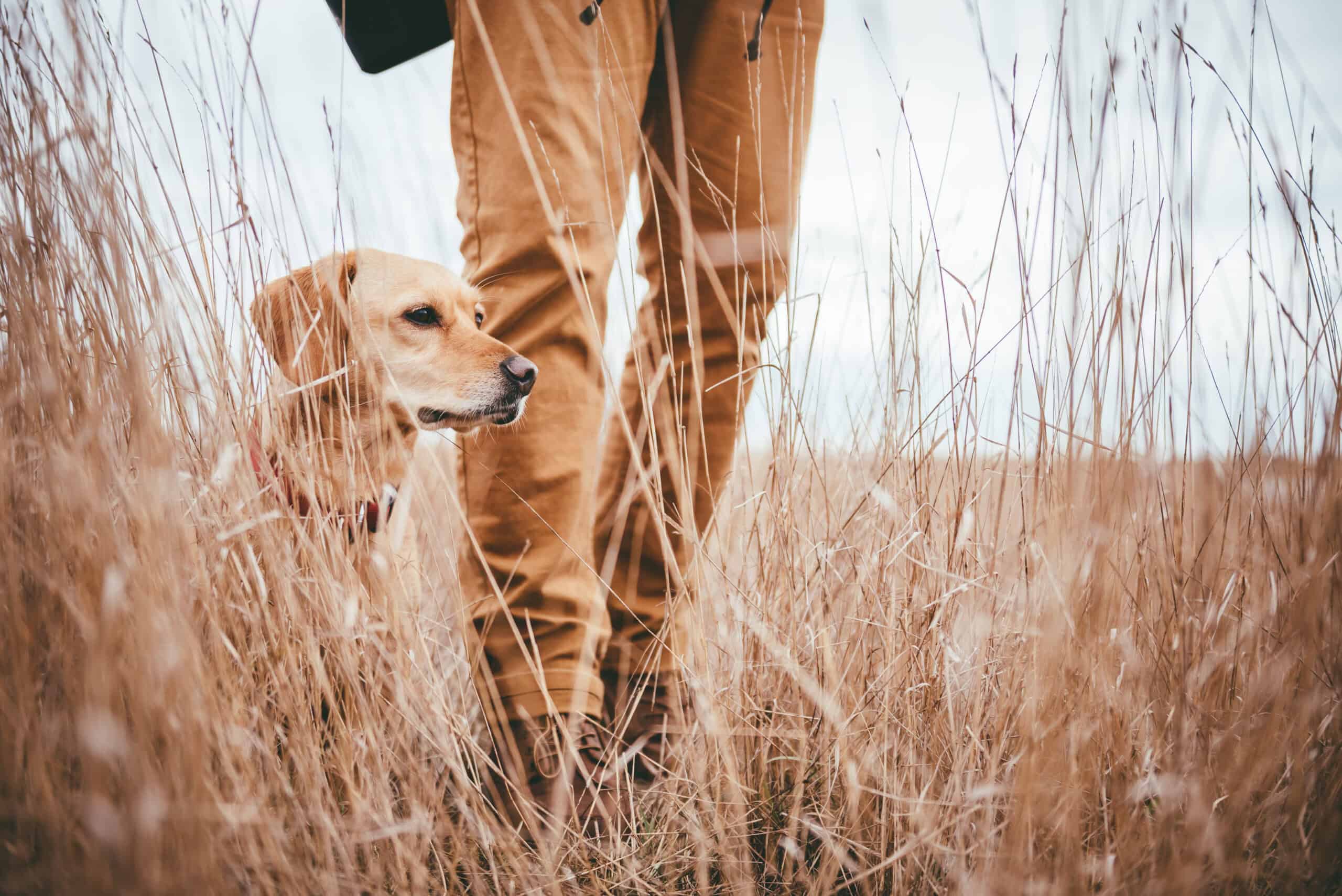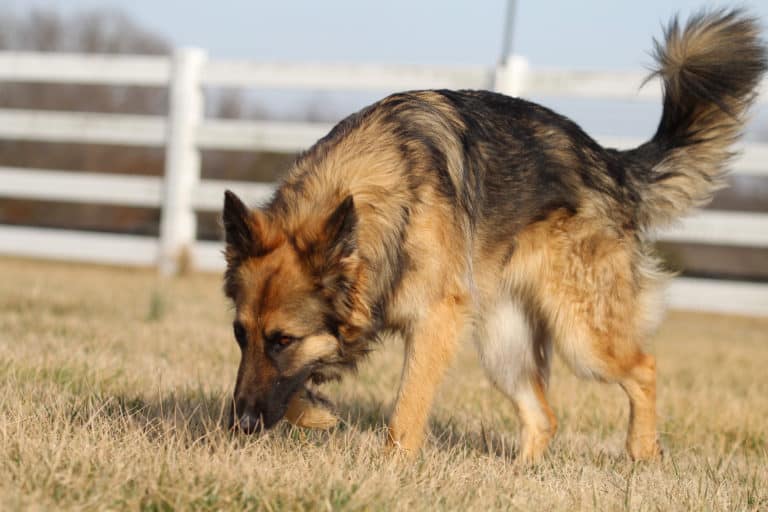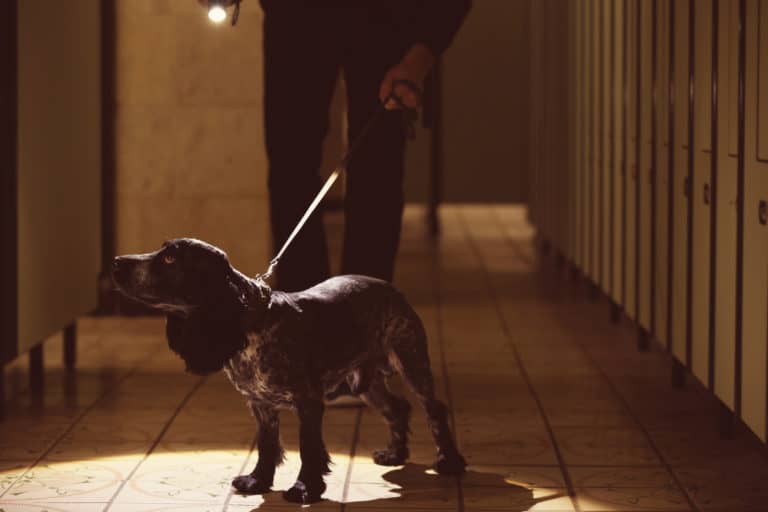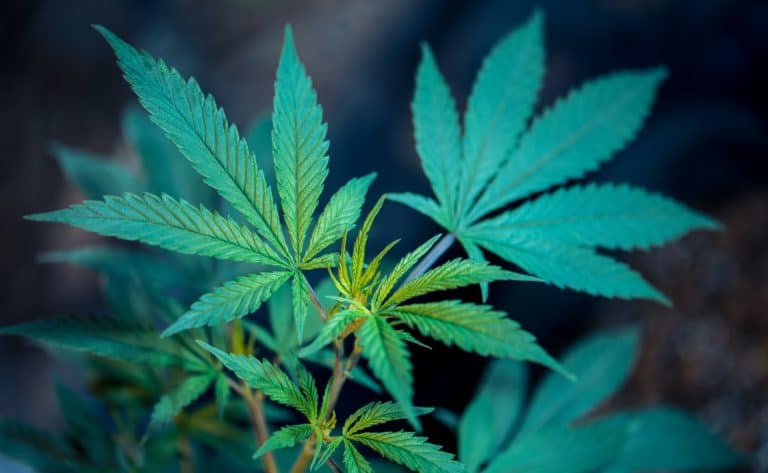There appears to be no shortage to the amazing capabilities of dogs. Whether acting as beloved companion animals, assisting people with disabilities in their capacity as service dogs, or helping law enforcement to keep our communities safe as Police K9s, man’s best friend can clearly help us in a number of ways.
Unfortunately, our natural environment and global ecosystem is at risk from an ever-increasing number of threats. Some of these threats are primarily man-made problems, while others are a result of environmental changes caused by a number of different factors. However, the consequences for all forms of life can be dire. For example, warmer global temperatures over the past half-century have contributed to a decline in the Alpine bumblebee population. These bees are pivotal to pollination and other essential functions that help our planet to maintain food security. Additionally, poaching continues to be a threat to animals across the United States and teams like Kentucky Fish and Wildlife have acquired conservation detection dogs as a countermeasure, as evidenced in the below deployment:
Humans need to leverage all of the available science and data in the fight to protect endangered species and the future of our planet. Incredibly, in recent years, dogs have developed as an effective tool in conservation efforts, too. The principles that have been implemented to teach detection dogs to locate illegal substances and find missing people have started to be used in conservation efforts.
In this article, we’ll tell you all about conservation detection dogs – including their common uses, and how they are trained.
What is a conservation detection dog?
A conservation detection dog is a type of working dog used by conservationists, scientists and researchers to help protect our natural world.
They are used to help understand the changing state of animal populations, track the movement of species, and protect against criminals who commit wildlife-related crimes.
What makes a good conservation detection dog?
As with other dogs who perform specific jobs, there are traits that can improve the chances of success for a potential conservation detection dog. These traits include:
- Physical characteristics – A conservation detection dog typically needs to cover vast amounts of ground in order to perform their duties and identify their target odor. For this reason, a medium-sized dog with the necessary fitness and agility is typically ideal. Long-haired dogs can get tied up in briars and thorns in some environments, so choosing a dog with a shorter, low-maintenance coat may be preferable.
- Working drive – In a similar fashion to human remains detection (HRD) dogs, conservation detection dogs can spend long days (and nights) looking for the faintest trace of their target odor. It is therefore imperative that they have a tireless drive and will continue to search, even when successfully locating the odor is proving difficult.
- Trainability – Detection work can be grueling for both dog and handler. The training process requires extensive exercises to ensure the conservation dog is ready to problem-solve when out in the field. A trainable dog – typically one who picks up on new commands and is eager to work alongside their handler – will speed up this process.
- Independent, yet obedient – Conservation detection dogs typically work off-leash. With this in mind, they need to be independent enough to explore and search of their own accord, but they must also have a healthy bond with their handler to ensure they obey instructions.
How are conservation detection dogs trained?
A conservation detection dog is trained in a similar way to other types of detection dogs.
Once the dog has been selected for their job and deemed a suitable candidate for conservation work (usually through drive testing, temperament testing, etc.), the dog will be systematically exposed to the target odor. The odor could be a plant, animal scat, or another substance that will enable the dog to aid in conservation efforts.
After this initial exposure to the target odor, the dog will be trained to locate the odor in confined spaces like boxes or jars. The dog will be rewarded when locating the target odor. This reward will “mark” the behavior in order to consistently have the dog indicate at the source of that odor and they will be ‘paid’ upon locating the substance.
Over time, the ‘game’ of locating the target odor will increase in complexity. More ‘blanks’ will be added, and the dog will need to search over a larger distance or incorporate additional distractions. In addition, there are nuances with outdoor detection work that must be accounted for and worked through, such as how to work in windy conditions, and how to disregard or ignore other odors.
Different types of conservation detection dogs
There are several different types of conservation detection dogs. The power of a dog’s nose means that they can be trained to detect any scent which they can be imprinted on, following the training process outlined above. Below are some of the most common types of conservation detection dogs.
Detecting at-risk species
Conservation detection dogs can be used to detect at-risk or endangered species. This is typically done by identifying fecal matter left behind by animals. Researchers can then use this in their analysis – for example, by studying genetic variability with other members of the same species, or tracking trends in population numbers.
Invasive species
Conservation detection dogs can be used to detect at-risk or endangered species. This is typically done by identifying fecal matter left behind by animals. Researchers can then use this in their analysis – for example, by studying genetic variability with other members of the same species, or tracking trends in population numbers.
Wildlife crime
Sadly, despite the best efforts of local communities and governments, wildlife crime is still a large problem across the United States. Conservation dogs can be used in the field to identify articles left behind by poachers or be used to bring law enforcement agents to their current location using human trailing. Kentucky Fish and Wildlife Enforcement has put three such working K9s to use over the last two years. These Labrador Retrievers have assisted in poaching cases as well as identifying illicit substances. You can read more about their duties at the links below.
- K-9 officers join Kentucky Fish and Wildlife Law Enforcement (fw.ky.gov)
- Kentucky Department of Fish and Wildlife provides update on K-9 program and other initiatives (wmky.org)
Make sure to follow the Kentucky Fish and Wildlife Facebook page for further updates on the capabilities of these K9s. We have highlighted a few of their endeavors below.
Conservation detection dogs aren’t just used in the United States. There continues to be a large problem overseas, especially in Africa, in regards to black market sales. Globally, poachers threaten at-risk animals and can push some of our most recognizable species towards extinction. In response, conservation detection dogs have been employed in airports or other ports of entry where they can be used to search luggage for ivory, shark fins, and other smuggled animal parts.
In conclusion
Conservation detection dogs are playing an increasingly important role in efforts across the globe to protect our natural environment. It is likely that they will become more commonplace in the decades ahead, as there are few tools that are able to match the accuracy of dogs, combined with their ability to cover large swathes of terrain.
